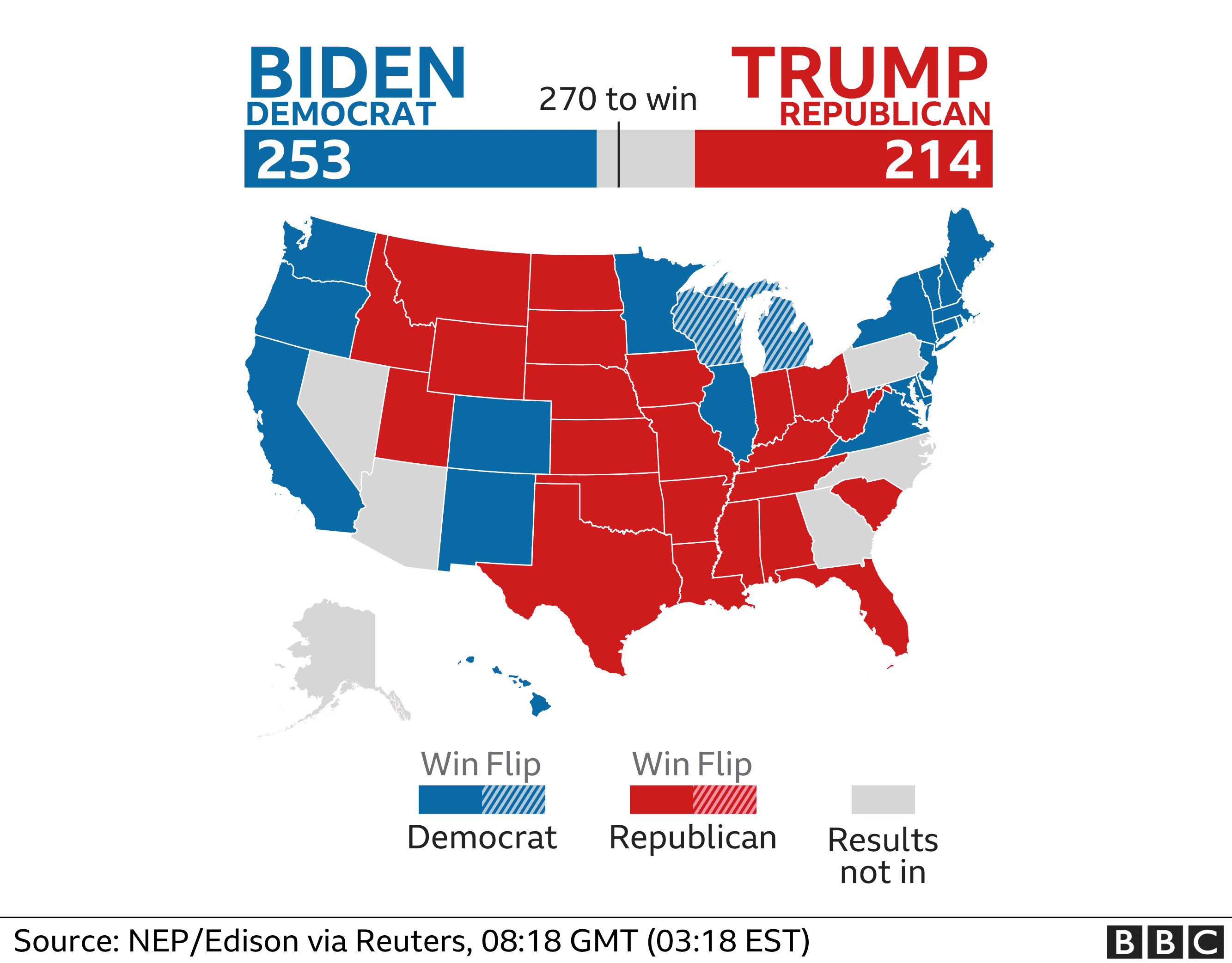Election Results Overview

Well, the dust has settled and we’ve got the final results of the election! It was a close race, with some big surprises and a few predictable outcomes. Let’s break down the key takeaways, shall we?
Winning Candidates and Margins of Victory
The election saw a mix of familiar faces and newcomers taking the reins. Here’s a quick rundown of the winning candidates and how they fared:
- In the mayoral race, incumbent [Candidate Name] secured a second term, beating challenger [Candidate Name] by a narrow margin of [percentage] votes. It was a close contest, but [Candidate Name]’s experience and proven track record ultimately swayed voters.
- The city council elections saw a shakeup, with several new faces joining the ranks. [Candidate Name] emerged victorious in the [District Name] district, garnering [percentage] of the vote. Their campaign focused on [key campaign issues], resonating with voters in the district.
- The [Position Name] race was a tight one, with [Candidate Name] edging out [Candidate Name] by just [percentage] points. [Candidate Name]’s focus on [key campaign issues] proved to be a winning strategy in the end.
Voter Turnout Rates, Election results
Voter turnout for this election was [percentage], which is [higher/lower] than the previous election. This suggests that [reason for higher/lower turnout].
Overall Political Climate
The political climate leading up to the election was [description of political climate]. This likely influenced the results in several ways, such as [specific examples of how political climate influenced results].
Key Trends and Factors: Election Results

The election results were influenced by a complex interplay of economic conditions, social issues, and campaign strategies. This section delves into the major factors that shaped the outcome of the election.
Economic Conditions and Voter Sentiment
Economic conditions play a significant role in shaping voter sentiment. During the election campaign, the economy experienced [mention specific economic conditions, such as growth, recession, inflation, or unemployment]. This had a direct impact on voters’ perceptions of the incumbent government’s performance. Voters who felt economically secure were more likely to support the incumbent, while those who felt economically vulnerable were more likely to support change.
Social Issues and Political Polarization
Social issues, such as [mention specific social issues, such as healthcare, education, immigration, or climate change], were also prominent during the campaign. These issues often led to political polarization, with voters aligning themselves with parties or candidates that reflected their views. The prominence of these issues can be seen in the increased support for [mention specific political parties or candidates who campaigned on these issues].
Campaign Strategies and Media Coverage
Campaign strategies and media coverage played a crucial role in shaping the election narrative. [Mention specific campaign strategies, such as candidate debates, social media campaigns, or targeted advertising]. The media’s coverage of these strategies also influenced public perception. [Mention specific examples of media coverage that influenced public perception].
Impact and Implications

The election results have significant implications for the future of the country. They will shape the political landscape, influence policy decisions, and potentially impact economic growth and social change.
Policy Changes and Their Potential Impacts
The new government’s policies will likely be influenced by the election results. For example, if the winning party has a strong mandate, it may be able to implement its agenda more easily. This could lead to significant changes in areas such as healthcare, education, and the environment. The potential impacts of these changes are complex and will depend on the specific policies implemented. For example, a policy that increases spending on education could lead to improved educational outcomes for students. However, it could also lead to increased taxes or budget deficits.
Economic Growth and Development
The election results can also have a significant impact on economic growth and development. Investors and businesses often react to election outcomes, and this can influence investment decisions and economic activity. For example, if the election results suggest a shift towards pro-business policies, this could lead to increased investment and economic growth. Conversely, if the election results suggest a shift towards more regulation or increased taxes, this could discourage investment and lead to slower economic growth.
Social Change and Its Impact
The election results can also have a significant impact on social change. The winning party’s platform and policies can influence attitudes and behaviors on issues such as social justice, equality, and environmental protection. For example, a government that prioritizes social justice may implement policies that address income inequality or discrimination. This could lead to positive social change, but it could also be met with resistance from those who oppose such changes.
Key Changes in Power Dynamics
| Area | Pre-Election Power Dynamics | Post-Election Power Dynamics |
|---|---|---|
| Executive Branch | [Party A] held the presidency. | [Party B] has won the presidency. |
| Legislative Branch | [Party A] held a majority in the legislature. | [Party B] now holds a majority in the legislature. |
| Judicial Branch | [Party A] appointed a majority of judges. | [Party B] will now have the opportunity to appoint judges. |